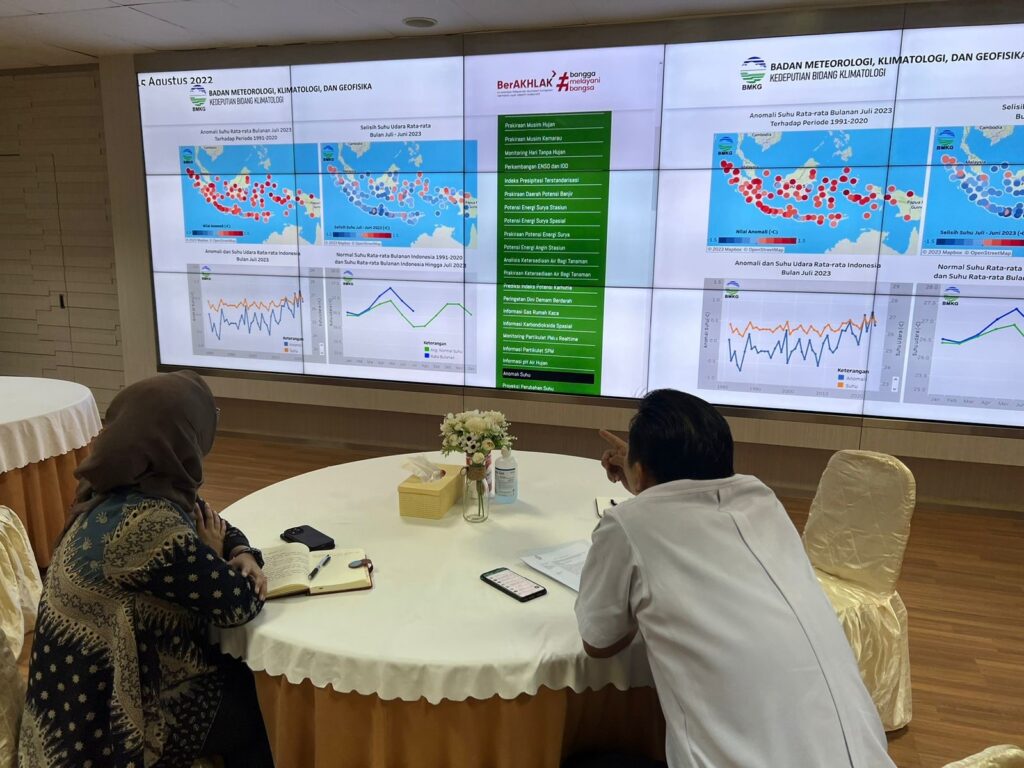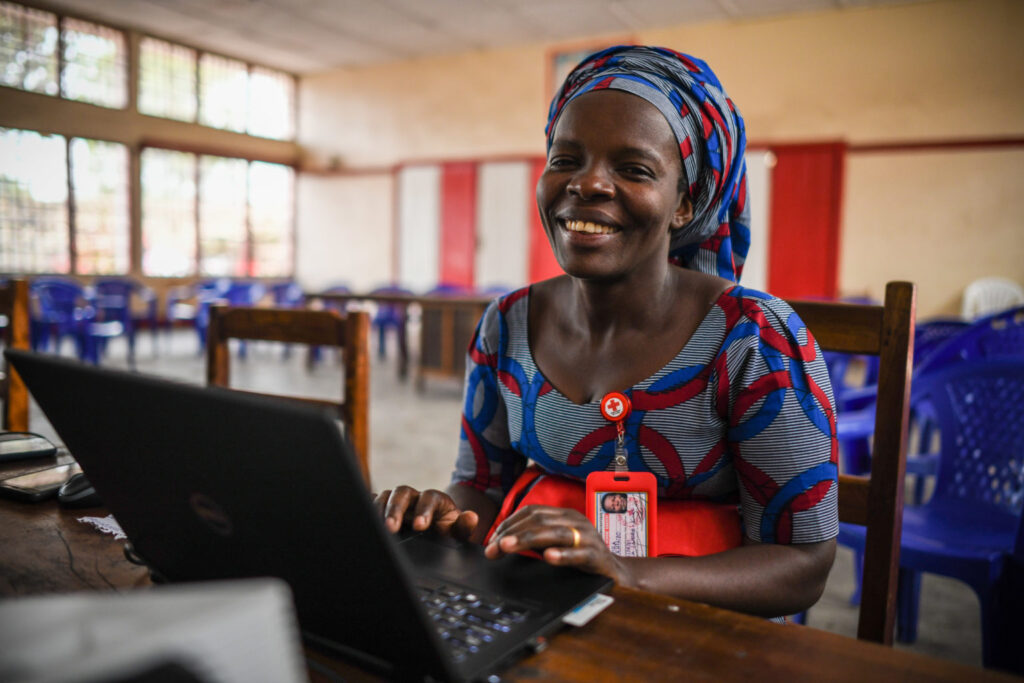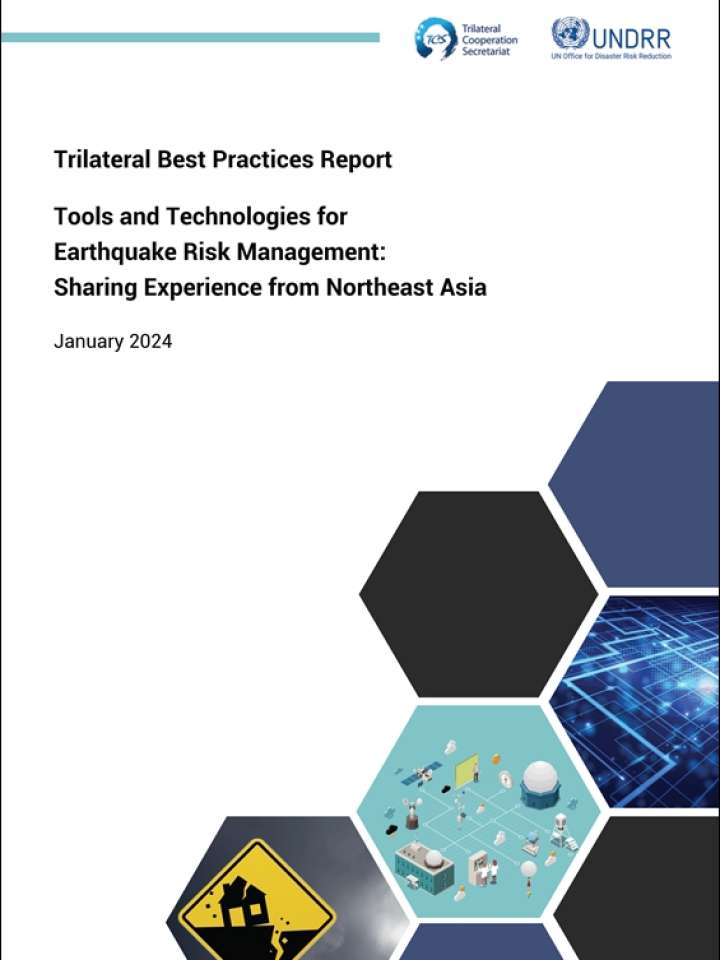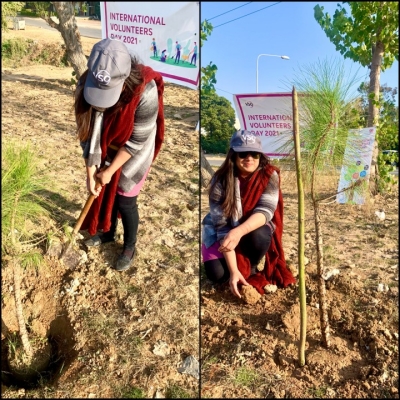From Challenge to Change: The journey of Extreme Heat in Indonesia begins here
In the tapestry of natural disasters woven into the landscape of Indonesia through Law No. 24 of 2007, there are no elements of extreme heat or heat waves. However, the absence of these elements does not diminish their presence in almost all regions of Indonesia, especially in areas like Surabaya and Medan. As temperatures rise, […]
From Challenge to Change: The journey of Extreme Heat in Indonesia begins here Read More »







